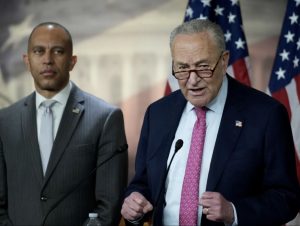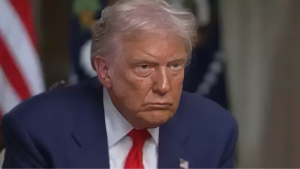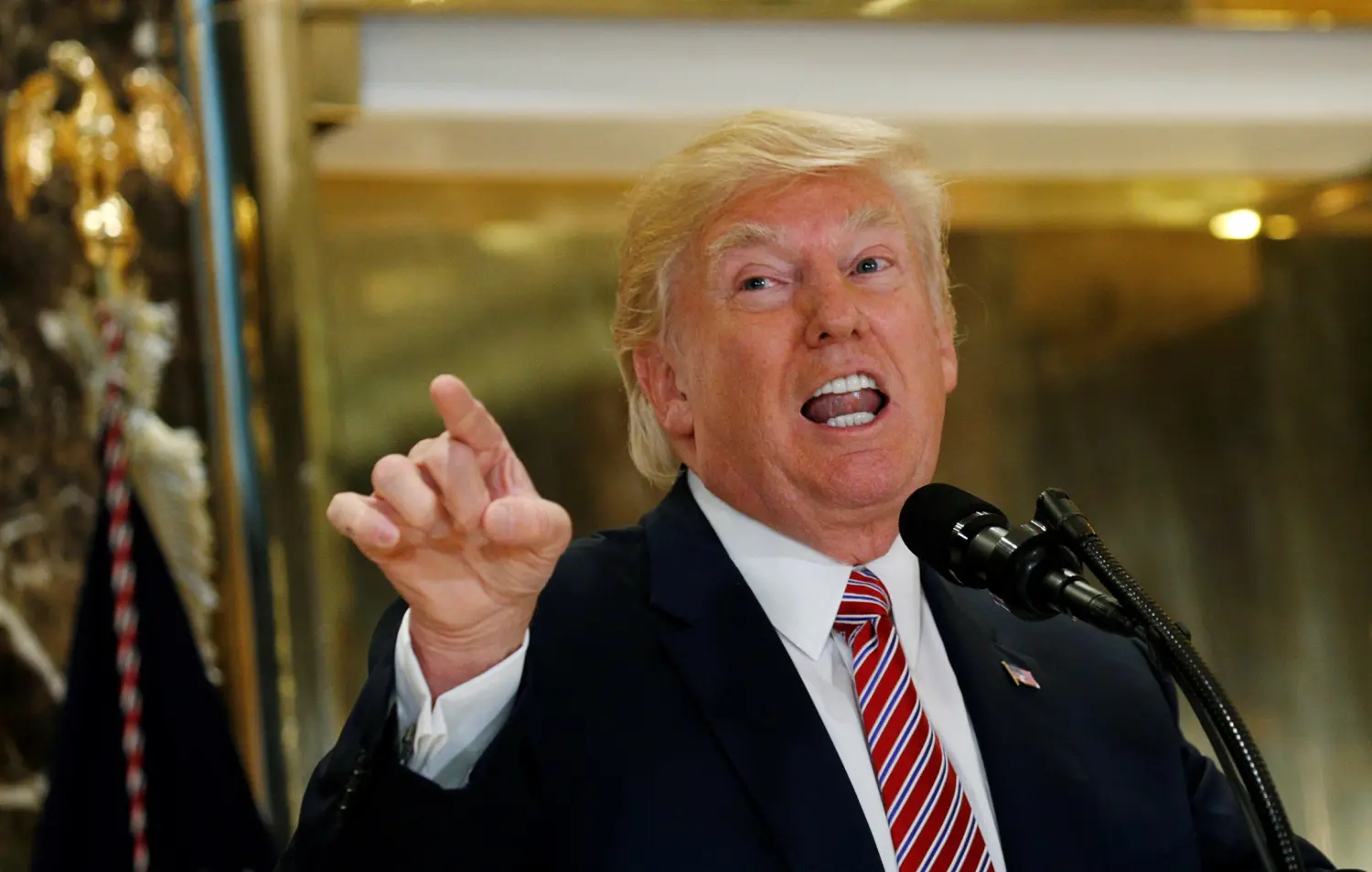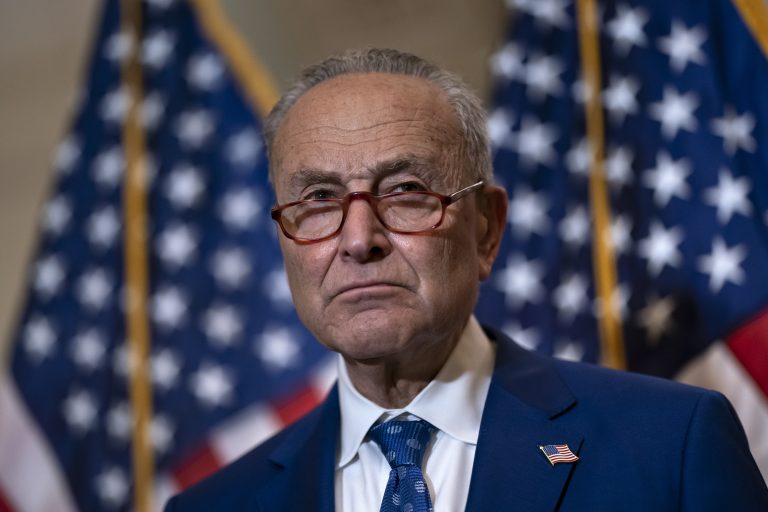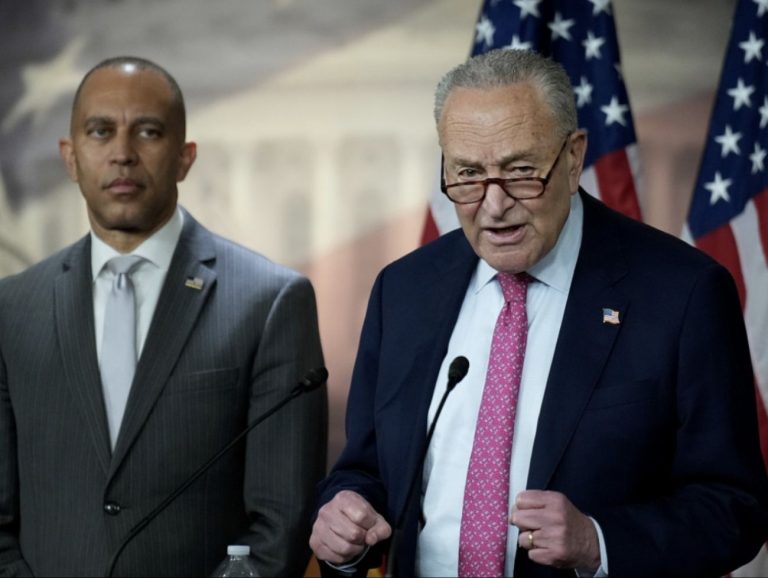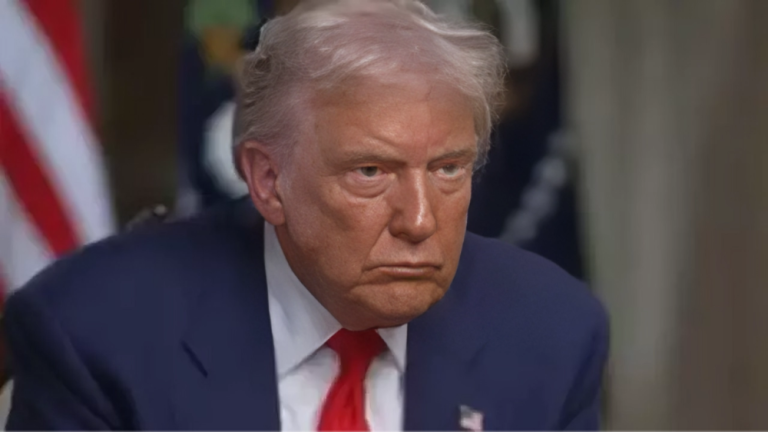Amid heightened global concern over nuclear capabilities, U.S. President Donald Trump has issued an unprecedented directive for the United States to resume nuclear weapons testing, marking a significant shift in American defense policy. The decision comes in the context of ongoing geopolitical tension with Russia and China, and concerns over the future balance of nuclear arsenals worldwide.
In recent months, rhetoric between the U.S. and other nuclear powers has intensified. Trump and Russian President Vladimir Putin have engaged in public statements emphasizing their countries’ nuclear strength, raising fears of escalation. During the summer, Trump indicated that U.S. nuclear submarines had been repositioned following comments by Dmitry Medvedev, deputy chairman of the Security Council of the Russian Federation, who described the president’s statements as a “threat and a step towards war.”
The tension has been exacerbated by heightened surveillance and military activity. Earlier this month, a U.S. reconnaissance aircraft was reported in the skies near Moscow, prompting Russian Foreign Minister Sergei Ryabkov to issue warnings that Washington would face serious consequences if it conducted nuclear testing or other provocative activities. Despite these warnings, Trump has instructed the U.S. Department of Defense to begin nuclear weapons testing “immediately,” signaling a willingness to act in response to perceived global nuclear developments.
Trump’s Rationale
Announcing the directive on his social media platform, Truth Social, Trump stated that he had reluctantly authorized nuclear testing but considered it necessary due to the development programs of other countries. He emphasized that the United States possesses the largest nuclear arsenal in the world, a status achieved and modernized during his first term in office.
“The United States has more nuclear weapons than any other country,” Trump wrote. “This was accomplished, including a complete update and renovation of existing weapons, during my First Term in office. Because of the tremendous destructive power, I HATED to do it, but had no choice!”
Trump noted that Russia remains the second-largest nuclear power, with China trailing behind but projected to close the gap within the next five years. He framed the decision to resume testing as necessary to maintain strategic parity and prevent the U.S. from falling behind other nuclear states in terms of readiness and deterrent capabilities.
Implementation and Timing
Speaking from Air Force One, Trump outlined that the testing would commence immediately, although specific sites for the tests have not yet been determined. The president stressed that the move is intended as a precautionary measure, ensuring that the United States maintains its nuclear edge while signaling to rival powers that it is prepared to act if necessary.
Trump also reiterated his long-standing support for global denuclearization but framed it within the context of maintaining a credible deterrent. He emphasized that while the U.S. currently maintains a significant lead in nuclear capabilities, the growth of China’s arsenal and ongoing Russian programs necessitate continued vigilance.
Global Nuclear Context
Analyses by independent think tanks provide context for Trump’s concerns. According to the Center for Strategic and International Studies, China has significantly expanded its nuclear stockpile, increasing the number of warheads from approximately 300 in 2020 to an estimated 600 in 2025. Projections suggest that China could reach over 1,000 nuclear warheads by 2030.
Meanwhile, the United States maintains a stockpile of roughly 5,225 nuclear warheads, while Russia possesses approximately 5,580. The relative parity of U.S. and Russian arsenals has historically been a cornerstone of global strategic stability, while the rapid expansion of China’s arsenal introduces new variables into deterrence calculations.
Recent Russian activities have also contributed to the perception of an evolving threat. Moscow reportedly conducted successful tests of a nuclear-capable Burevestnik cruise missile, as well as additional launch exercises in late October. These actions, coupled with ongoing military drills, have heightened concerns regarding the modernization of Russia’s nuclear forces and the potential for strategic miscalculations.
Expert Assessments
Experts in arms control and nonproliferation have questioned the strategic necessity of resuming nuclear explosive testing. Daryl Kimball, director of the Arms Control Association, noted that the United States has not conducted a nuclear test since 1992 and argued that existing stockpile stewardship programs allow for the maintenance and modernization of nuclear weapons without explosive testing.
“Trump is misinformed and out of touch,” Kimball wrote in a statement. “The U.S. has no technical, military, or political reason to resume nuclear explosive testing for the first time since 1992. No country except North Korea has conducted a nuclear test explosion in this century.”
Kimball warned that renewed U.S. testing could trigger a chain reaction among other nuclear powers, potentially undermining the Nuclear Nonproliferation Treaty and destabilizing established arms control frameworks. The concern is that actions perceived as escalatory could prompt adversaries to conduct their own tests, potentially reigniting a global nuclear arms race.
Policy and Strategic Considerations
Trump’s directive reflects a broader strategic posture emphasizing deterrence and the maintenance of nuclear superiority. By signaling readiness to resume testing, the administration aims to ensure that the U.S. arsenal remains credible and capable of responding to evolving threats. However, the decision raises questions regarding the diplomatic, legal, and environmental implications of nuclear tests.
Resuming nuclear testing would require coordination with federal agencies, including the Department of Energy and the Department of Defense, as well as compliance with international treaties and domestic regulations governing nuclear materials and explosive devices. Historical experience suggests that planning and conducting such tests can take multiple years, necessitating careful logistical, technical, and safety preparations.
Moreover, the resumption of testing could have geopolitical consequences, including heightened tensions with allies and adversaries alike. Countries engaged in arms control negotiations may view U.S. testing as a destabilizing action, potentially undermining diplomatic efforts to limit the proliferation of nuclear weapons globally.
Public and Political Reactions
The announcement has elicited varied reactions within the United States and abroad. Domestic critics have expressed concerns about the risks associated with nuclear testing, including environmental hazards, increased international tensions, and potential escalation toward conflict. Supporters of Trump’s directive argue that maintaining a credible nuclear deterrent is essential for national security and global stability.
Internationally, analysts have noted that renewed U.S. nuclear testing could prompt reciprocal measures by other nuclear powers, including Russia and China. Such developments could complicate existing arms control agreements and increase uncertainty in global security environments.
While Trump emphasized the need for readiness, he also reiterated that his administration supports the eventual goal of global denuclearization. His statements suggest a dual strategy: maintaining a credible nuclear force while continuing to engage in diplomacy and arms control efforts where feasible.
Strategic Implications
From a strategic perspective, Trump’s order signals a recalibration of U.S. nuclear policy in response to evolving threats. The decision underscores the importance of maintaining parity with other nuclear powers and ensuring that the U.S. retains the capability to respond to potential challenges.
However, the long-term impact of resuming testing is uncertain. Experts caution that while testing may demonstrate capability, it could also provoke rival nations to expand their own programs or adopt more aggressive postures. The balance between deterrence and escalation will be a central concern for policymakers and military planners in the coming months.
The directive also highlights the ongoing challenge of ensuring that nuclear policy aligns with both technical realities and strategic objectives. Modernization of existing weapons, investment in non-explosive testing methods, and careful diplomatic engagement are all critical components of a comprehensive nuclear strategy.
Conclusion
President Trump’s order to resume nuclear weapons testing represents a significant development in U.S. defense policy and global nuclear dynamics. By instructing the Department of Defense to begin testing immediately, Trump seeks to maintain U.S. strategic superiority and signal readiness in an environment of increasing nuclear competition.
While the United States currently possesses the largest nuclear arsenal, the rapid expansion of Chinese capabilities and continued Russian military activity underscore the importance of maintaining vigilance and preparedness. Experts, however, caution that explosive testing is largely unnecessary from a technical standpoint and could destabilize international arms control regimes.
As the situation unfolds, the world will be closely watching the implementation of Trump’s directive, its impact on global security, and the responses from other nuclear powers. The decision to resume testing not only reflects strategic considerations but also raises questions about diplomacy, deterrence, and the future of arms control in an increasingly complex geopolitical environment.

Emily Johnson is a critically acclaimed essayist and novelist known for her thought-provoking works centered on feminism, women’s rights, and modern relationships. Born and raised in Portland, Oregon, Emily grew up with a deep love of books, often spending her afternoons at her local library. She went on to study literature and gender studies at UCLA, where she became deeply involved in activism and began publishing essays in campus journals. Her debut essay collection, Voices Unbound, struck a chord with readers nationwide for its fearless exploration of gender dynamics, identity, and the challenges faced by women in contemporary society. Emily later transitioned into fiction, writing novels that balance compelling storytelling with social commentary. Her protagonists are often strong, multidimensional women navigating love, ambition, and the struggles of everyday life, making her a favorite among readers who crave authentic, relatable narratives. Critics praise her ability to merge personal intimacy with universal themes. Off the page, Emily is an advocate for women in publishing, leading workshops that encourage young female writers to embrace their voices. She lives in Seattle with her partner and two rescue cats, where she continues to write, teach, and inspire a new generation of storytellers.


